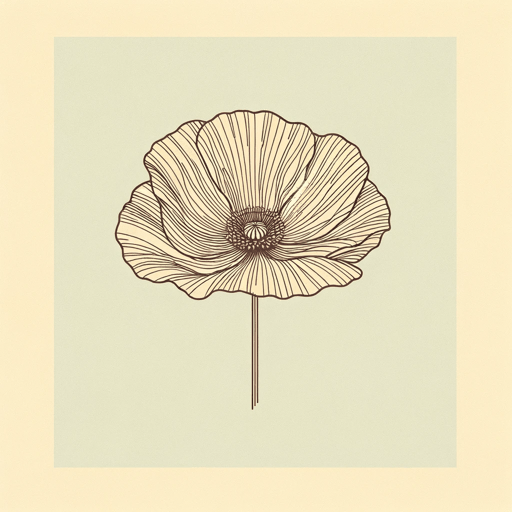20 pages • 40 minutes read
Rupert BrookeThe Soldier
Fiction | Poem | Adult | Published in 1915A modern alternative to SparkNotes and CliffsNotes, SuperSummary offers high-quality Study Guides with detailed chapter summaries and analysis of major themes, characters, and more.
Themes
Modern Elegies for Modern Times
“The Soldier” is among the last English elegies to offer readers traditional elegiac consolation. During WWI, millions were killed by mechanical weapons that hadn’t been used in previous conflicts, and many soldier-poets began to feel that the elegy’s traditional focus on a single death was inadequate to respond to the mass death they’d witnessed.
The task of responding to mass death led many WWI soldier-poets to reject traditional elegiac consolation. In their minds, there was no consolation for the deaths they’d witnessed during the war. As Wilfred Owen, a soldier-poet who fought in the trenches, suffered from PTSD, and was killed a week before the armistice, famously wrote in the “Preface” to the book he was working on, “[T]hese elegies are to this generation in no sense consolatory” (Owen, Wilfred. The Collected Poems of Wilfred Owen. Edited by C. Day Lewis, New Directions, 1963, p. 31). Like Brooke, Owen used many of the genre conventions established by traditional English elegies, including Milton and Gray. Unlike Brooke, however, Owen deployed these genre conventions ironically, so that instead of offering readers comfort and consolation, Owen’s poems do the opposite—they horrify. The final stanza of Owen’s “Dulce et Decorum Est,” for example, includes this shockingly realistic description of a soldier dying after a mustard gas attack: “[T]he white eyes writhing in his face, / His hanging face, like a devil’s sick of sin” (Owen, Wilfred.

